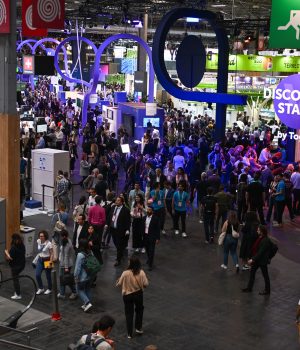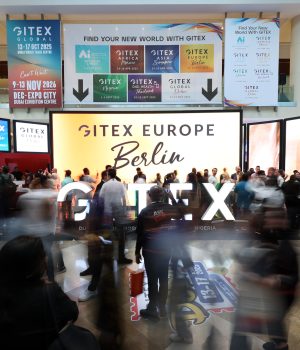From healthcare and manufacturing to marketing and engineering, we are still seeing nearly five different generations share the workforce across all industries.
While the average age of any level employee is certainly decreasing, there is no question that many individuals 55 and older are not only staying in their positions but are also emerging from retirement in a part-time fashion.
Generational differences and an often unspoken “Generational War” are topics touched on by many, but few have a solution to. This is due to the anthropological complexities of how humans interact, especially those varying in age by years and, more often than not, decades.
However, the most common assumption has been that the real obstacle facing business leaders and the Generational War is technology. Even further, educators and leaders have set this benchmark on the younger generation as being well-versed in technology and the older ones being inept.
But this is no longer proving to be true thanks to the exponential acceleration of digital technology. We are starting to find that all generations are impacted by technology in both positive and negative ways in the workforce. And it is now not only up to employees to pivot and adapt to technology — business leaders, managers, and educators have to adapt as well, both for their sake and to keep diversely aged employees working and growing together.
Understanding each other: generations
A brief look into each generation in the workforce reveals a lot about their professional habits, goals, and preferences.
Currently, the five generations referenced above include the Silent Generation, whose youngest member would be born as late as 1945; the Baby Boomers, with the youngest having a birth year of 1964; Generation X, born up to the year 1980; Millennials, born at latest 1996; and now Generation Z, born from the late ’90s through the mid-2000s. The oldest employee could be approaching or in their 80s, whereas the youngest are entry-level high schoolers at 16 years old.
This is a huge age range, and a feat we have never seen before! Consider the preferences of each generation. Generally, older generations (the Silent Generation and Baby Boomers) are looking for permanent job security. The younger generations (Gen X all the way through Gen Z) prefer flexibility, work-life balance, and ethical bosses.
Now, when we mix in technological change that impacts all different roles in any industry, plus these preferences of each generation and how well — or unwell — they communicate, you can really see how this becomes a challenge for business leaders and managers alike.
Case Study: The education industry
Perhaps no industry is a more unique example of generational differences both as the working professionals in it and the “consumers” of it, if you will, than the education industry. Think about this for a second: Educators can be from any one of those aforementioned generations, and at any given time, they can be teaching individuals from any one of those generations.
Millennial professors teaching return college students of the Baby Boomer generation, Gen X high school teachers molding Gen Z and even the generations to follow: the education industry is extremely diverse in age. What’s more: Teachers are educating individuals most commonly for professions.
This is where disruptive digital technology comes into this discussion of generations. In education, technology is disrupting how teachers instruct students of any age, and also transforming what they teach about. For instance, how does a Millennial-aged college professor teach a Baby Boomer or Gen X about the manufacturing industry and Artificial Intelligence or Machine Learning?
Those two generations did not grow up with autonomous technology, whereas the Millennial professor did. Therefore, the professor must not only explain that the manufacturing industry is transforming in ways the older students must adapt to or hand them a how-to manual in using AI applications, but they must find exponential ways to teach them how to work with this technology effectively.
Anticipatory education for all generations
But the speed at which something like AI and Machine Learning is accelerating in an industry an educator teaches about to all age ranges makes for a unique challenge. A teacher of any level must stay well-versed in how technology is impacting their area of expertise, how to use it exponentially, and how they themselves teach it.
This may seem like a lot for educators to master; however, using elements of my Anticipatory Leader System helps! Staying up to date on disruptive technology as an educator involves my Hard Trend Methodology — paying attention to future certainties, pre-solving problems they bring with them, and helping a future employee and organization find success.
Anticipation does not just help an educator teach any given student or future employee how to use new, disruptive technologies, it helps the educator understand the generation itself. What Hard Trend future certainties impact each generation and their work lives uniquely? An example of this would be retirement for Baby Boomers and perhaps emergence from retirement for some Silent Generation individuals.
Conversely, what Hard Trends affect each generation in the same way? Technological transformation is certainly one of them! We are all impacted professionally and personally by disruptive digital technology. As an educator or business leader, leverage this Hard Trend as a commonality that unites generations in the workforce, helping them relate to one another.
For more business and entrepreneurship tips, subscribe to our weekly newsletter and follow us on Twitter, Facebook, Instagram and LinkedIn.






